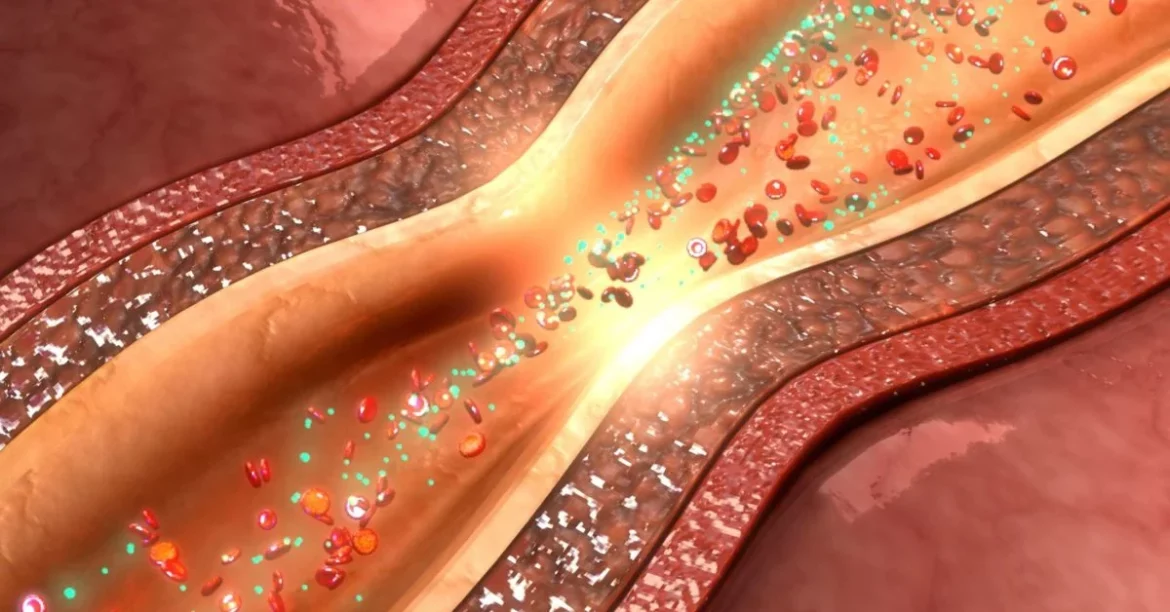Heart artery spasms, also known as coronary artery spasms or vasospastic angina, are sudden, temporary constrictions or narrowing of the coronary arteries that supply blood to the heart muscle. These spasms can lead to reduced blood flow to the heart, causing chest pain or discomfort known as angina. Understanding the causes of heart artery spasms is crucial for effective diagnosis, treatment, and prevention. In this article, we will explore the various factors and conditions that can contribute to the development of heart artery spasms.
Overview of Heart Artery Spasms
Before delving into the causes of heart artery spasms, it’s important to understand the basic anatomy and function of the coronary arteries. These arteries play a critical role in delivering oxygen-rich blood to the heart muscle, ensuring its proper functioning. When the coronary arteries experience spasms, the flow of blood to the heart is disrupted, leading to potential complications such as heart attack or arrhythmias.
Causes of Heart Artery Spasms
1. Coronary Artery Disease (CAD): One of the primary causes of heart artery spasms is coronary artery disease. CAD occurs when plaque, made up of cholesterol, fat, and other substances, builds up inside the coronary arteries, narrowing them and reducing blood flow. The presence of CAD can make the arteries more prone to spasms.
2. Endothelial Dysfunction: The endothelium is the inner lining of blood vessels, including the coronary arteries. Endothelial dysfunction, characterized by impaired function of the endothelium, can contribute to the development of heart artery spasms. Factors such as smoking, high blood pressure, and diabetes can lead to endothelial dysfunction.
3. Hyperreactivity of Smooth Muscle Cells: The smooth muscle cells that line the coronary arteries play a role in regulating their diameter. In some individuals, these smooth muscle cells may become hyperreactive, leading to spasms and temporary constriction of the arteries.
4. Stress and Emotional Factors: Emotional stress and certain emotional states, such as anger or anxiety, can trigger heart artery spasms in susceptible individuals. The exact mechanism behind this phenomenon is not fully understood but is thought to involve the release of stress hormones that affect blood vessel function.
5. Medications and Substances: Certain medications and substances can trigger or exacerbate heart artery spasms. These may include stimulants such as cocaine, certain asthma medications (e.g., beta-agonists), and some illicit drugs. It’s important for individuals to inform their healthcare providers about any medications or substances they are taking.
6. Hormonal Factors: Hormonal changes, such as those occurring during menopause in women or due to hormonal disorders, can influence blood vessel function and contribute to heart artery spasms. Estrogen, for example, has a vasodilatory effect that may protect against spasms.
7. Cold Temperatures: Exposure to cold temperatures or sudden changes in temperature can trigger spasms in the coronary arteries, particularly in individuals who are already predisposed to vasospastic conditions.
8. Smoking and Tobacco Use: Smoking and tobacco use are significant risk factors for heart disease, including coronary artery spasms. The chemicals in tobacco smoke can damage blood vessels and promote inflammation, increasing the likelihood of spasms.
Diagnosis and Treatment
Diagnosing heart artery spasms typically involves a combination of medical history review, physical examination, imaging tests such as coronary angiography, and monitoring for symptoms such as chest pain or discomfort. Treatment strategies may include lifestyle modifications (e.g., quitting smoking, managing stress), medications to alleviate symptoms and prevent spasms (e.g., calcium channel blockers, nitrates), and in some cases, procedures such as angioplasty to address underlying coronary artery disease.
Prevention
Preventing heart artery spasms involves addressing modifiable risk factors such as smoking, high cholesterol, high blood pressure, and obesity. Adopting a heart-healthy lifestyle that includes regular exercise, a balanced diet, stress management techniques, and regular medical check-ups can help reduce the risk of spasms and related complications.
Conclusion
Heart artery spasms can have serious implications for cardiovascular health, leading to chest pain, heart attacks, and other complications. Understanding the various causes of these spasms, from underlying heart disease to emotional factors and environmental triggers, is essential for effective management and prevention. By addressing risk factors and adopting a proactive approach to heart health, individuals can reduce their risk of experiencing heart artery spasms and improve their overall cardiovascular well-being.


